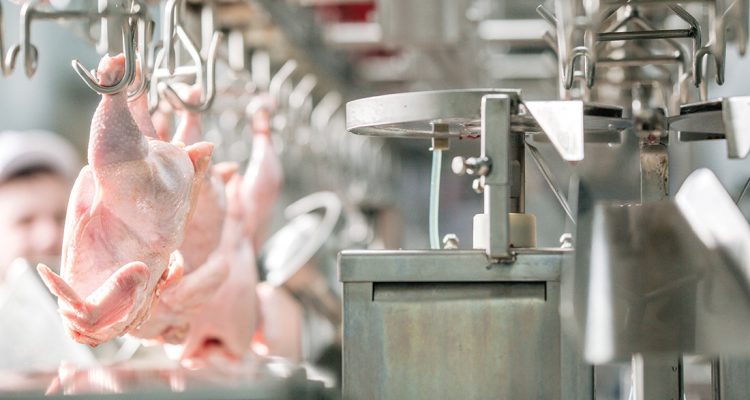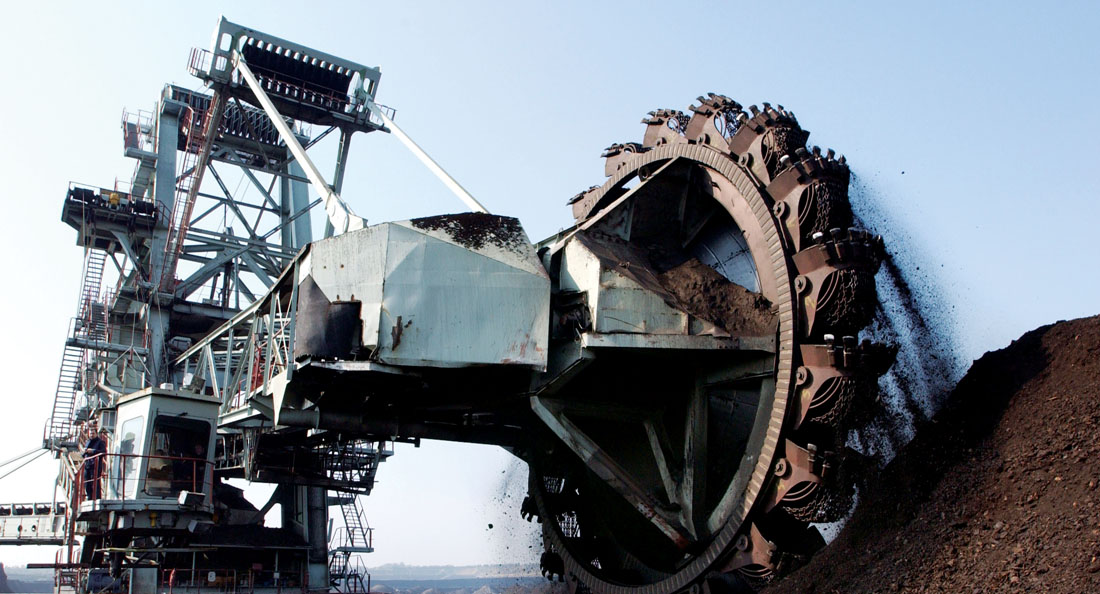When the BSC Engineering Solutions team found that a chicken processing customer in South Australia was ordering as many as 32 new chicken pluckers per week, they knew something wasn’t right.
BSC’s major accounts executive, Andrew Fant, has been assisting the chicken processing customer for over 20 years on all matters related to bearings and power transmissions. He and his team closely monitor and keep a record of every piece of equipment that the customer orders as part of their practice to improve the component reliability.
“The customer was getting only one to three months’ life out of each plucker. Costing them on average $7,000 per overhaul, this was a huge burden. So we suggested looking at ways to improve the equipment’s reliability and extend its life,” says Fant.
The processing plant operates 900 chicken pluckers that work 24/7 to process thousands of chicken per day. The motivation for the BSC engineering team was to design pluckers that would last longer, so the customer could save money due to fewer shutdowns due to repairs having to be conducted.
One of the problems that the team identified when they started to analyse the problem was that the parts used for the OEM pluckers were not machined to the right tolerance.
“We changed the design of the aluminum casings with help from a local manufacturer to gain better control of the machining tolerances. We also used our knowledge of bearings, housings and sealing arrangements to improve the design of the bearing,” explains Fant.
“BSC’s extensive knowledge in bearings, housings and sealing arrangements comes from our years of experience in design and manufacture of these components,” he adds.
Helping the South Australian BSC team on the project was Anthony O’Keefe, BSC’s Engineering Manager who is based in Melbourne.
O’Keefe says one of the challenges with the re-design was to make sure that the bearing is protected from contamination. To gain an understanding of how pluckers
work, he describes the production line process.
“After the chickens are beheaded and washed with hot water, their feathers are removed using the plucker. The plucker contains a series of rubber fingers that are mounted onto the plucker bearings. These rubber fingers rotate around the plucker and remove the feathers,” he explains.
“You can imagine that this is a very messy process and there’s a high risk for the contaminants so sealing off the units was critical in the design,” he explains.
Another point to keep in mind was to design an assembly that could withstand the out-of-balance nature of the plucker’s movements.
“Because the plucker’s rotation is unbalanced, the load is distributed unevenly and this was something we had to consider while designing the new plucker assembly,” says O’Keefe.
While the BSC team was conducting trials on the new plucker bearing design, the customer also noticed and rectified an issue with a belt exerting unnecessarily high loads on the bearings.
The result of design improvements by the BSC engineering team and the reduced load on the bearings resulted in the customer only ordering 16 new pluckers over the past four months. Compared to the previous rate of 32 orders per week, the improvement is significant.
“By working with the customer, we were able to combine our knowledge of the components with their knowledge of the application to come up with a design that has resulted in huge savings for the customer. This solution has already been rolled out to another chicken processing plant in Victoria and has the potential for many more.” says O’Keefe.
Apart from being suppliers and technical consultants for their customer, the BSC team also manages the plant’s consignment stock to make sure the client has sufficient stock of critical components.
“A few years ago, we would get after-hours calls from our customer at least four to five times a month. By going down the path of managing the customer’s stocks directly, we now rarely get any urgent calls. A BSC staff member is based on the site and makes sure that the store remains well-stocked,” says Fant.
“We have a close working relationship with our customer and they can discuss any problems that they might have with their equipment and our team will work on improving the reliability of the equipment,”
he adds.




